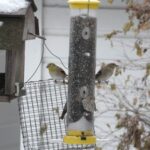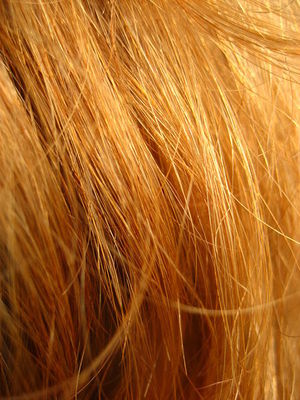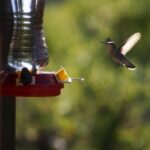One of the best parts about living in the South is the birds migrate here each winter. I woke up the other morning to a tap-tap-tap. Looking out my window, there were a multitude of robins and the most spectacular red-headed woodpecker I ever saw up close.
The red-headed woodpecker, with its show of vivid colors, crimson hood, black tail, white-wing patches on black body and white breast is one of the most beautiful birds and also has plenty of attitude. Eating both meat and vegetables, this woodpecker has been known to raid other nests of their eggs.
The habit of tapping and pecking on tree trunks with their specialized beak is to signal territory ownership and locate insects. There are 180 species of woodpeckers. Some woodpeckers have two toes facing forward and two backward. These feet adapted for hanging on vertically to tree limbs, etc. Fossil remains of red-headed woodpeckers date back 25 million years.
Birds have a built in compass tuned to Earth’s magnetic field. Proteins found in their eyes seem to help them align to Earth. The light-sensitive molecules are activated by cocking their head, according to The Economist, November 2007, page 96.
Woodpeckers have exceptionally long tongues. Sometimes it measures longer than the bird! The tongue is not attached to the woodpecker’s head in the same way as other birds. It curls back up around its skull when not in use, like a string circling a yo-yo, to be protracted when needed. Their tongue has a barb on the end to capture food from inside trees and retrieve it.
Thick skulls help protect the bird’s brain from the constant hammering and pounding. Sponge-like bones between beak and skull are not rigidly joined, cushioning the head. Strong neck muscles compress just before the strike hits transferring the blow’s impact past the brain. The bird aims from alternating directions much like a woodchopper.
Red-headed Woodpeckers benefited from the Chestnut blight fungus and Dutch Elm disease. The tree diseases killed many trees, providing nest sites for the woodpeckers. This bird’s favorite nesting place is inside dead trees. They favor areas of burned or flooded forests. Red-headed Woodpeckers were on the 2006 Red List of Threatened Species. Driven off their home range by European Starlings, telephone poles being treated with cresote, and the removal of dead trees have contributed to their decline.
The red-headed woodpecker is a loner and often seen as a hostile neighbor in the bird world. With his own kind, a mating pair will stay true to each other the entire breeding season. Both parents incubate the eggs, feed the young, and defend the nest. Woodpeckers are one of the few birds that stores food, covering it with leaves or bark. It hides insects and seeds in cracks in wood, fence posts and under roof shingles. Grasshoppers are wedged alive into narrow cracks and saved for later.
Sources:
www.nenature.com/RedheadedWoodpecker.htm
www.50birds.com/BPRedheadedWoodpecker.htm







